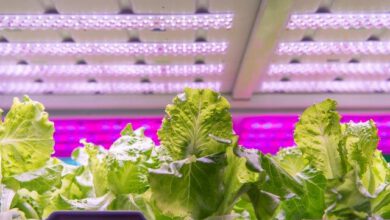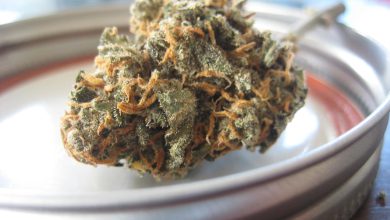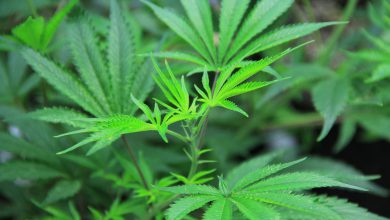Innovative Greenhouse and Cannabis Lighting
The importance of greenhouse illumination for the grower and its importance for the plant
Benny Bassan, marketing and development manager, agricultural lighting sector at Hannis Technologies, SEDEROT benny@greenlighting.co.il
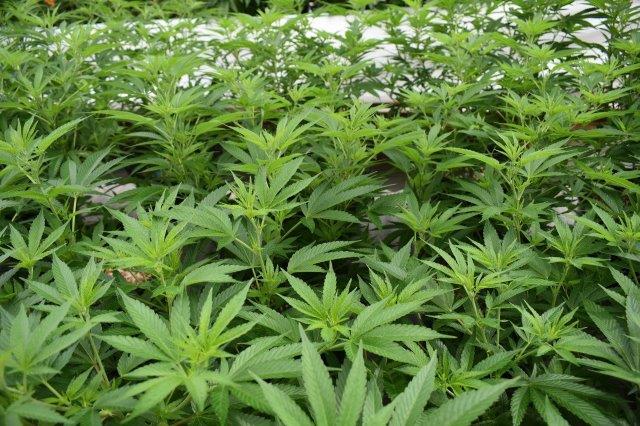
in recent years, in response to extreme climatic changes in various global areas, there is an increasing trend toward greenhouse and mesh house cultivation. simultaneously, there is a sustained effort to develop technologies for efficient agriculture and increased yields – with the goal of increasing farmers’ profits.
the need to create optimal greenhouse conditions and to adapt them to each crop has resulted in more sophisticated greenhouses, in terms of coverings that permit full-spectrum solar penetration, shade control, irrigation and climate control; all systems have become computerized and dedicated to supplying the plant’s requirements according to fixed protocols.
.jpg) |
.jpg) |
manta 600w dual spectrum
lighting is an essential element in every greenhouse, particularly in countries with fewer hours of sunlight (unlike in israel), and we have witnessed great technological advances in this area.
cannabis greenhouse lighting has two primary goals:
first, photoperiodic lighting designed to lengthen the day,
second, photosynthetic lighting designed to complement and increase sunlight on cloudy or winter days with fewer sunlight hours, and also to supplement illumination hours. for example, cannabis is a plant that thrives with many light hours – in our terms,. 1000 ppfd. in the terms of illumination specialists, more than 50000 lux (1ppfd is equal to 50lux)
in this article we will discuss the importance of greenhouse illumination for the grower and its importance for the plant.
the most significant change in greenhouse illumination is the transition from hps or mht lamps to led lighting, due to several reasons.
– high costs – the older lamps used a lot of electricity, between 1,000 to1,200 watts/hour, leading to the need to change them frequently, due to their relatively short lifespan, about 12,000 hours per lamp and 20,000 hours for the fixture itself.
– heat and shading — the old lamps emitted a great deal of heat, an advantage or disadvantage depending on the season, and cast shadows due to their large physical dimensions.
as led lighting developed along with its technology, led lamps were developed capable of reaching 220 lumens per watt, as compared to 50-60 lumens/watt for hps lamps. the new leds actually caused a 50% decrease in electrical consumption per lamp. light fixtures of 1,200 watts are now replaced by 600 watt led fixtures. these fixtures provide coverage for an area equal in size to that covered by hps technology, in terms of both the spectral variety and control.
.jpg) |
 |
manta 600w full spectrum
the advantages of using leds include:
– cost savings – the system is activated only if there isn’t enough light, and actually tracks the preset light level.
– small dimensions – systems are produced in small sizes, enabling spacing of about 4 meters between rows, without casting shadows on the crops.
– maintenance costs – are very low, almost nothing, over 5 years.
– distance between rows – maximal distance ensures 80% homogeneity of light dispersion on the planting surfaces.
another important led system advantage in greenhouses is the capacity to provide a specific wavelength frequency according to the type of plant or its growing season. for example, when the goal is to affect the growth stage, a bluer wavelength will be used, as compared to affecting blossoming, for which a redder wavelength will be used.
another example of adjusting the wavelength to affect the plant’s growth process is “photoperiodic lighting”, intended to stimulate several plant receptors so it will continue to grow. in this case, red light at a 600-700 nanometer wavelength is required (red + far-red). in the past these wavelengths were provided by incandescent bulbs (that wasted lots of electricity – an inefficient bulb). nowadays, these conditions can be provided using led lighting at low levels of up to 5-10 micromole at the specific wavelength.
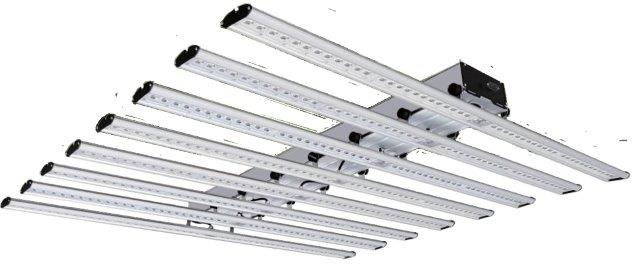
octopus 600w full spectrum 1780 ppfd
another important application of led fixtures in greenhouses is reinforcing the uv range. these fixtures provide uva and uvb range support for the plant, as well as general uvc disinfection. uv ranges strengthen the roots, and protect against bacteria by preventing plants from radiation. uvc provides general protection for the greenhouse from bacteria and viruses that cause various plant diseases.
light fixtures for greenhouses are required for interfacing with control systems that enable control of lighting intensity and duration. in more sophisticated systems even the required spectrums can be controlled, either more red or blue and vice versa.
when shopping for indoor or outdoor cultivation lighting systems, make sure to choose a supplier that uses brand-name equipment like leds from osram, lumiled, samsung, etc., and brand-name drivers such as meanwell, sosan, osram, inventronics, etc. equipment must meet international standards like cb test as well as a manufacturer’s warrantee of durability under l80b10 conditions, namely that decrease in light over 50,000 working hours will not exceed 20%, and the number of bad led units will not exceed 10%.
hannis tech, ltd. is a manufacturer of led lighting systems for agriculture, cannabis, and seaweed. the company is located in sderot, and employs 20 engineers, production and development workers.
hannis products are made in israel, resulting from years of r & d. the company has recently completed development of a product line including:
manta – a full-spectrum 600 watt greenhouse lighting system with a light output of 1,700 ppf.
octupus – an indoor farming lighting system drawing 450-600 watts, with a light output of 1,750 ppf.
another area of production is manufacture of lighting fixtures for extraction clenrooms , at a class 10,000 clean room level. the company can supply all professional lighting needs for greenhouses from growing, development, blossoming through extraction. hannis is involved in various areas of lighting and extraction, including: havat megadim, a baselet factory, kronus, yakum, hinomen in the seaweed sector, yamoja –seaweed, tikkun olam etc.

